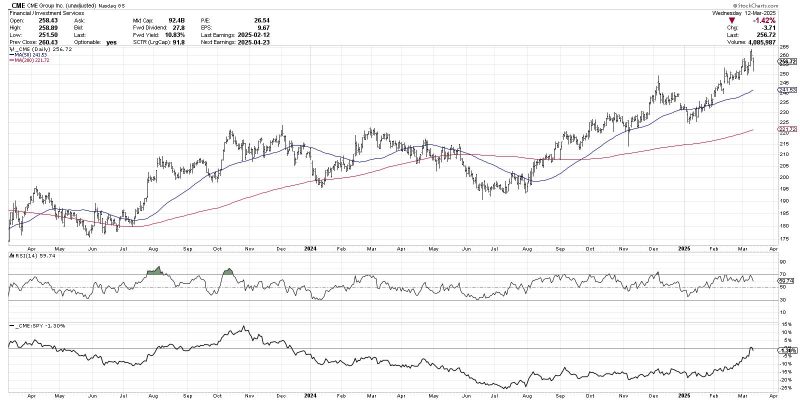
This month Australian researchers published the results of a population cohort study that followed the 5‑year trajectory of 3.7 million adult patients in New South Wales who were prescribed opioids for pain in the Journal of the American Medical Association. Their conclusion:
Results of this cohort study suggest that most individuals commencing treatment with prescription opioids had relatively low and time‐limited exposure to opioids over a 5‑year period. The small proportion [3 percent] of individuals with sustained or increasing use was older with more comorbidities and use of psychotropic and other analgesic drugs, likely reflecting a higher prevalence of pain and treatment needs in these individuals.
This study is the most recent one to pour cold water on the prevailing narrative about the cause of the opioid overdose crisis.
H.L. Mencken famously said, “Explanations exist; they have existed for all time; there is always a well‐known solution to every human problem—neat, plausible, and wrong.” For the past 20 years, policymakers, pundits, and now, filmmakers have locked in on an explanation for the overdose crisis that fits Mencken’s description. Promoted by books such as Dreamland by Sam Quinones and Dopesick by Beth Macy, the myth has taken hold that doctors “overprescribing” prescription pain pills created a generation of addicts that led to the overdose crisis. Doctors were encouraged to overprescribe by greedy pharmaceutical companies, which fed them disinformation about the safety of opioids (Purdue Pharma, the maker of OxyContin, is alleged to be the worst offender). This narrative became further entrenched by the miniseries adaptation of Dopesick that ran on Hulu. The series was so popular that Netflix decided to run its version of the same tired narrative called “Painkiller.”
Research shows the overdose rate has been on an exponential growth trend since at least the late 1970s (the Food and Drug Administration approved Purdue Pharma’s OxyContin in 1996), with different drugs predominating as the cause of overdoses at different times. A 2019 U.S. Congress Joint Economic Committee report found that the overdose rate began increasing in 1959. Data from the Centers for Disease Control and Prevention and the National Survey on Drug Use and Health (NSDUH) reveal no correlation between the volume of painkiller prescriptions and the nonmedical use of or addiction to prescription painkillers. Furthermore, the NSDUH indicates that the prescription pain pill addiction rate for persons over age 18 has been essentially unchanged at less than 0.7 percent since the survey began in 2002.
Moreover, a recent study published in the Yale Law and Policy Review found “it is not clear that nonmedical opioid use has significantly changed since 1990” and “only 9 percent of nonmedical opioid users in 2001 reported ever using OxyContin during their lifetime.” Even if it isn’t readily apparent that nonmedical opioid use has changed significantly in the past 33 years, it should be evident that the “iron law of prohibition” made nonmedical opioid use more dangerous during that period.
The opioid overprescribing narrative also doesn’t explain why overdose deaths involving stimulants like cocaine and methamphetamine have risen to record levels. Doctors don’t prescribe these psychostimulants to their pain patients. And it also doesn’t explain why opioid‐related overdose deaths (mostly from illicit fentanyl) have soared to over 80,000 last year while the opioid prescription rate has dropped 60 percent since its peak in 2011.
I made my case against the prevailing narrative in a Soho Forum debate last year with Dr. Adriane Fugh‐Berman of Physicians for Responsible Opioid Prescribing (PROP).
Policymakers embrace the neat, plausible, and wrong explanation for the overdose crisis because it is easier than accepting this inconvenient truth: the overdose crisis is caused by the intersection of sociocultural and psychosocial developments and the dangerous black market that results from drug prohibition. Unless they face the truth, the overdose crisis will continue.








